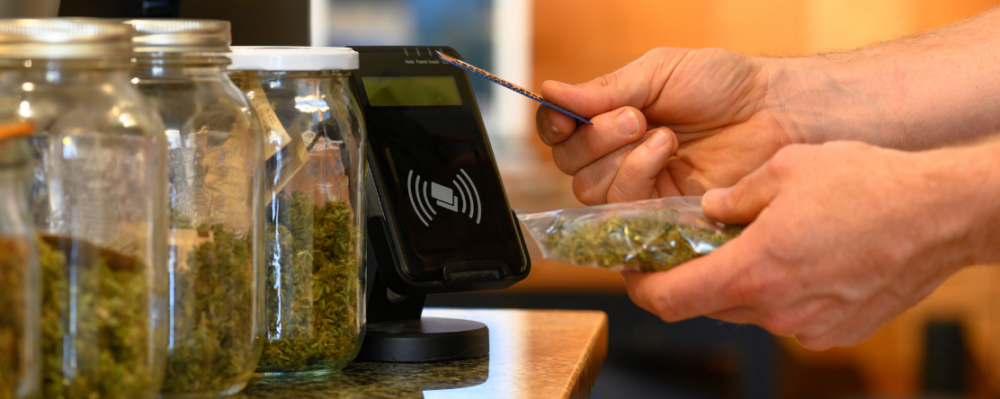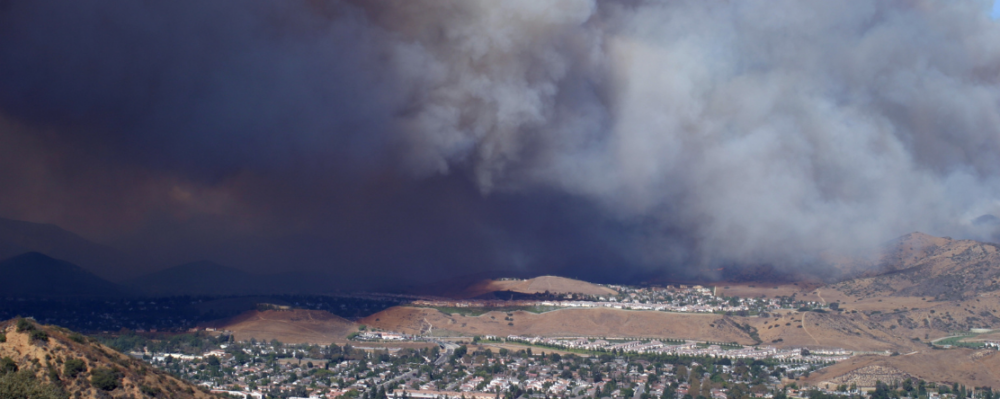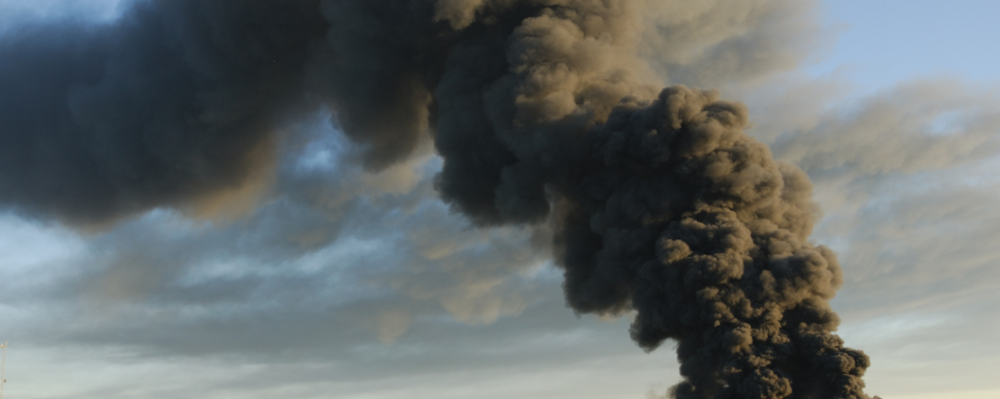
In the News
Dramatic Decline in California’s Teen Birthrates over 22 years
-
Focus Areas
Women, Youth & Children -
Issues
Reproductive & Sexual Health -
Expertise
Research – Surveillance -
Programs
California Adolescent Health Collaborative
Teen birthrates vary according to geographic area, race and economic status, said Alison Chopel, director of the Public Health Institute’s California Adolescent Health Collaborative, which provides advocacy and support to organizations serving youths. For example, Tulare County’s teen birthrate in 2012 was the highest in the state, at 54 per 1,000 teens in the 15-19 age group, while Marin County registered the lowest rate — with 10.1 births, Chopel said, using data compiled from the California Department of Public Health.
Alameda County had 19.4 births per 1,000 teens; Santa Clara, 18.9 births; Contra Costa, 17.2; San Mateo, 15.3; and San Francisco 12.4, she said.
“It has to do with a lot of social and economic factors, including parental communication and openness about sex,” she said. “There’s a small portion that has to do with teens delaying first intercourse, but the vast majority is contraceptive use and policies related to comprehensive, medically accurate and age-appropriate sexual education.”
Originally published by Contra Costa Times
More Updates
Work With Us
You change the world. We do the rest. Explore fiscal sponsorship at PHI.
Support Us
Together, we can accelerate our response to public health’s most critical issues.
Find Employment
Begin your career at the Public Health Institute.



